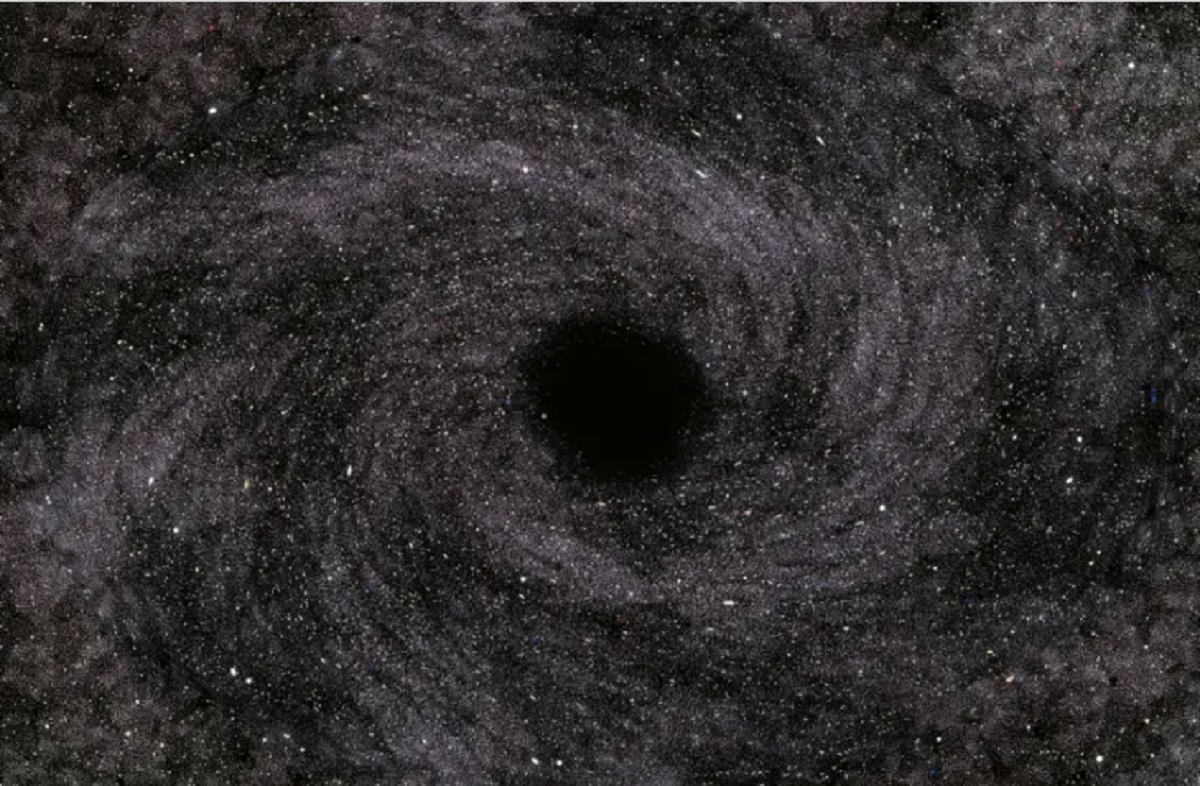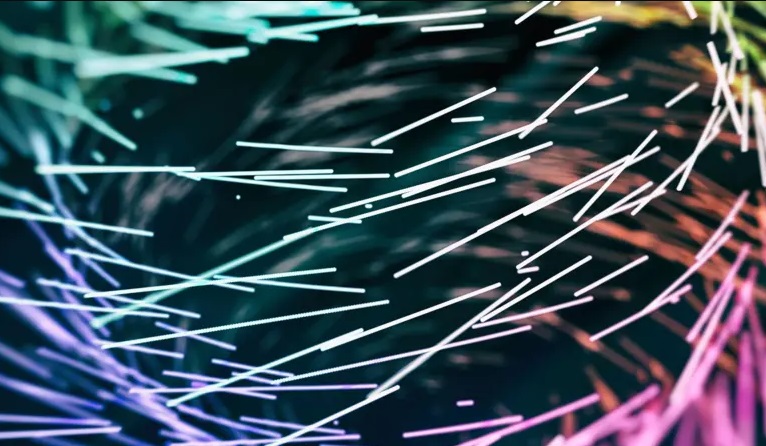This mass depends on the interaction of elementary particles with a field called the Higgs field.
You can think of this field as a perfectly calm water bath that we are immersed in.
It has the same properties throughout the universe. That means We observe the same masses and interactions throughout the universe.

Physicist Peter Hicks died last April aged 94 Photo by Getty Images
This consistency has allowed the same physics to be observed and described for thousands of years (as astronomers often look back in time).
But the Higgs field is unlikely to exist in the lowest energy state. That is, in theory, it could change its position and fall to a lower energy at a certain point.
However, if that happens, Changes the laws of physics drastically.
Bubbles
Such a change would represent what physicists call a phase transition.
That's what happens when water turns to steam and bubbles form in the process.
Similarly, if a phase change occurs in the Higgs field, would create low-energy bubbles with completely different physics.
In such a bubble, the mass of electrons suddenly changes, as do their interactions with other particles.
The protons and neutrons that make up the nucleus and are made up of quarks migrate.
Basically, if you have experienced Such a change, no one or nothing would be here to tell about it.
A constant risk
Recent measurements of particle masses at CERN's Large Hadron Collider suggest that such an event is possible.
But fear not: it is possible, yes, but In a few billion billion years.
For this reason, in the hallways of particle physics departments, the universe is often said to be “metastable” rather than unstable. The end of the world will probably come, but it won't come soon.
For a bubble to form, the Higgs field needs a good cause.
Because of quantum mechanics, the theory that governs the dynamics of atoms and particles, the Higgs energy is always fluctuating.
And it's statistically possible (though unlikely, that's why it takes so long to happen) for the Higgs to form a bubble from time to time.

If a phase shift occurs in the Higgs field, the universe as we know it will cease to exist Photographic pictures
However, the story is different in the presence of external energy sources such as strong gravitational fields or hot plasma (a form of matter composed of charged particles).
The field can then borrow this energy Forms bubbles very easily.
Therefore, while there is no reason to expect the Higgs field to produce numerous bubbles today, a big question in the cosmological context is whether extreme environments after the Big Bang could have fueled such bubbles.
However, when the universe was very hot, despite the energy that helped create Higgs bubbles, thermal effects also stabilized the Higgs and changed its quantum properties.
therefore, This heat cannot trigger the end of the universeThat's why we're still here.
The entanglement of primordial black holes
Our new research shows that this bubble (without the stabilizing thermal effects seen in the first days after the Big Bang) has a persistent heat source.
The source of this heat may be primordial black holesA type of black hole that formed from the collapse of denser regions of space-time in the early universe.
Unlike ordinary black holes, which form when stars collapse, protozoans can be tiny, as light as a gram.
The existence of these light black holes is a prediction of many theoretical models describing the evolution of the universe after the Big Bang.
Some of these include: Inflationary models suggest that the size of the universe increased enormously after the Big Bang.

Unlike ordinary black holes, which are formed when stars collapse, progenitors can be tiny, weighing as little as a gram | Photographic pictures
However, proving this existence is not easy.
In the 1970s, Stephen Hawking discovered that due to quantum mechanics, black holes slowly evaporate and emit radiation at their event horizon (the point where even light cannot escape).
Hawking demonstrated that black holes act as sources of heat in the universe, with temperature inversely proportional to their mass.
That means Lighter black holes are hotter and evaporate more quickly than massive ones.
In particular, if primordial black holes of a few billion grams (10 billion times smaller than the mass of the Moon) formed in the early universe, as many models suggest, they would have evaporated by now.
In the presence of the Higgs field, such objects act like impurities in a carbonated drink, contributing their energy through the gravitational effect (the mass of the black hole) and the ambient temperature (due to its Hawking radiation).
As primordial black holes evaporate, they heat the universe internally. Therefore, they form among hot spots that are hotter than the surrounding universe, but still cooler than typical Hawking temperatures.

If the Higgs field goes to a low-energy field at a certain point, it changes the laws of physics drastically | Photographic pictures
Using a combination of analytical calculations and numerical simulations, what we demonstrate in our study is that due to the presence of these hot spots, The Higgs field must continue to bubble.
But we're still here. This means that such objects could never have existed. In fact, We must reject all cosmological scenarios that predict its existence.
That is unless we find some evidence that they were present in ancient radiation or gravitational waves. If we do, it will be even more exciting.
There is something we don't know about the Higgs boson that keeps it from bubbling up in the presence of evaporating primordial black holes. They may be entirely new particles or forces.
Anyway, it's clear There is much more to discover about the strange universe at the smallest and largest scales..





:quality(85)/cloudfront-us-east-1.images.arcpublishing.com/infobae/KTKFKR763RBZ5BDQZJ36S5QUHM.jpg)